Saturday May 18, 2024
Bills / Cases / IRS
Surface Mining and Conservation Easements
UILC: 170.00-00
Release Date: 9/9/2022
Date: September 27, 2021
CC: ITA:B02:RCGano - POSTU-105674-20
to:
Keith L. Gorman
General Attorney
(Large Business & International)
from:
Bridget E. Tombul
Branch Chief, Branch 2
(Income Tax & Accounting)
subject:
Retained Surface-Mining Rights in Conservation Easement Deeds
This Chief Counsel Advice responds to your request for assistance. This advice may not be used or cited as precedent.
ISSUE
Does a conservation easement satisfy the requirements of section 170(h) of the Code if the donor of the easement retains a qualified mineral interest, the ownership of the surface estate and mineral interest has never been separated, and under the terms of the deed the donor can use a surface-mining method to extract the subsurface minerals with the donee's approval?
CONCLUSION
No. If the donor of a conservation easement owns both the surface estate and a qualified mineral interest that has never been separated from the surface estate, and the deed retains any possibility of surface mining to extract the subsurface minerals, the conservation easement does not satisfy the requirements of section 170(h) even if the donee would have to approve the surface-mining method, because the contribution is not treated as made exclusively for conservation purposes under section 170(h)(5).
LAW AND ANALYSIS
Section 170(f)(3)(A) generally precludes a charitable contribution deduction for a gift of a partial interest in property. Section 170(f)(3)(B)(iii), however, provides an exception for a qualified conservation contribution. Section 170(h)(1) defines a qualified conservation contribution as a contribution of a qualified real property interest to a qualified organization exclusively for conservation purposes.
Under section 170(h)(5)(A), a conservation easement is not treated as exclusively for conservation purposes unless the conservation purpose is protected in perpetuity. Under section 170(h)(5)(B)(i), if the donor retains a qualified mineral interest, the conservation easement is generally not treated as exclusively for conservation purposes if at any time there may be extraction or removal of minerals by any surface-mining method. The only exception to this rule is in section 170(h)(5)(B)(ii), which states that if the ownership of the surface estate and mineral interests has been and remains separated, and the probability of surface mining occurring on the property is so remote as to be negligible, then the contribution may be treated as exclusively for conservation purposes.
Section 1.170A-14(g)(4)(i) clarifies the rules regarding the retention of qualified mineral interests in conservation contributions and whether those retained interests preclude a charitable contribution deduction. Section 1.170A-14(g)(4)(i) restates the general statutory rule that no deduction is allowed if there is a retention by any person of a qualified mineral interest and the minerals may be extracted or removed by any surface-mining method. Section 1.170A-14(g)(4)(i) also states that the requirement that the conservation purposes be protected in perpetuity is not satisfied in the case of a qualified mineral interest gift if any method of mining that is inconsistent with the particular conservation purposes of a contribution is permitted at any time. Finally, section 1.170A-14(g)(4)(i) provides that a deduction under § 1.170A-14 will not be denied in the case of certain methods of mining that may have limited, localized impact on the real property and are not irremediably destructive of significant conservation interests. However, as stated above, surface mining is specifically prohibited. Therefore, surface mining is not a mining method that is allowable if it has limited, localized impact on the real property and is not irremediably destructive of significant conservation interests.
Section 1.170A-14(g)(4)(ii)(A) provides an exception to the prohibition on surface mining for contributions made after July 18, 1984, but this regulation section pre-dates, and is different than, the statutory exception in current section 170(h)(5)(B)(ii). Section 1.170A-14(g)(4)(ii)(A) does not apply to conservation easements donated after the applicability date of section 170(h)(5)(B)(ii) as amended, i.e., conservation easements granted after December 31, 1997.
In Great Northern Nekoosa Corp. v. U.S., 38 Fed. Cl. 645, 649-50 (1997), the taxpayer contributed two conservation easements but retained the right to surface-mine subsurface minerals. The government filed a motion for partial summary judgment claiming the contribution was not deductible because the taxpayer's contribution was not exclusively for conservation purposes due to the retained surface-mining rights. Id. at 654. The taxpayer argued that the deduction was allowed, based on the third sentence in Treas. Reg. § 1.170A-14(g)(4)(i), which provides an exception to the disallowance rule where the impact of the mining has a limited, localized impact but is not irremediably destructive of significant conservation interests. Id. at 658. The court dismissed this argument, stating that the taxpayer's interpretation of the regulation was contrary to the regulation as a whole and the statute itself, both of which prohibit surface mining. Id. at 659. In addition, the court noted that the taxpayer's argument would conflict with, and subvert, the fundamental conservation purposes of the statute. Id. The court in Great Northern Nekoosa Corp. cited the law as it existed in 1981, which did not provide for an exception for the prohibition on surface mining.1 However, the court's analysis is relevant here because the change in law, which added the only exception to the prohibition on surface mining, does not apply in situations where the ownership of the surface estate and the mineral interest has never been separated.
Under section 170(h)(5) and section 1.170A-14(g)(4)(i), unless the exception in section 170(h)(5)(B)(ii) applies, a contribution is not treated as made exclusively for conservation purposes if there is an owner of a qualified mineral interest and the deed permits the owner of that interest to extract or remove those minerals by a surface-mining method. Here, the ownership of the surface estate and mineral interest has never been separated. As such, the exception under section 170(h)(5)(B)(ii) does not apply. The contribution is not treated as made exclusively for conservation purposes because, with the donee's approval, the deed allows surface mining of the donor's subsurface minerals. A donee's approval does not rectify the problem, because if the approval is granted, surface mining can occur. Because the contribution is not treated as made exclusively for conservation purposes, it is not a qualified conservation contribution. Therefore, because the gift is a less than the donor's entire interest and is not a qualified conservation contribution, a charitable contribution deduction is not allowed under section 170(f)(3)(B)(iii).
If you have any questions, please contact Richard C. Gano IV at (202) 317-7011.
FOOTNOTES
1Congress added section 170(h)(5)(B)(ii) in 1984. See Pub. L. No. 98-369, § 1035(a), 98 Stat. 494, 1042 (1984). Congress subsequently amended section 170(h)(5)(B)(ii) in 1997. See Pub. L. No. 105-34, § 508(d), 111 Stat. 788, 860 (1997).
Previous Articles
Enhancing American Retirement Now (EARN) Act
Easement Deduction Valuation Contest
Early Distribution a Tax, Not a Penalty





 Print
Print Email
Email Subscribe
Subscribe Bookmark
Bookmark